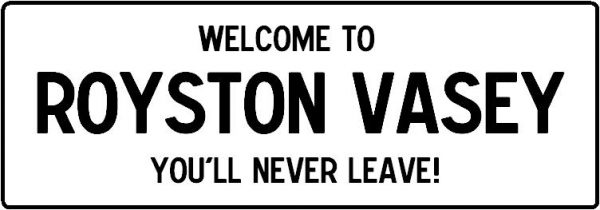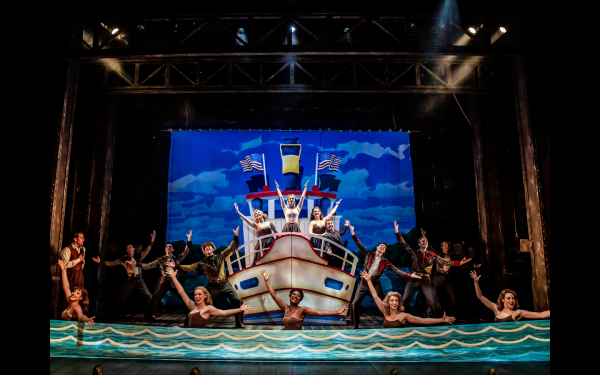I hate tin openers: an ode to left-handed people
The world was designed for right-handed people and us left-handed people can never eat tinned food because of it.
I am joking. But being a leftie in a right-oriented world can be stressful.
So, tin openers: They. Do. Not. Work.
Unless you twist your hands around so they are crossed-over in some sort of contortion act, tins just won’t open using regular tin openers. And don’t get me started on scissors. Why two bits of metal will refuse to cut paper when you move them a few inches to the left is beyond me, but this cruel reality has resulted in us left-handers being singled out with obnoxious green and yellow scissors that scream HELLO FELLOW PRIMARY SCHOOL CHILDREN, PLEASE MAKE FUN OF ME.
Primary school is a stressful time for a left-hander. Always sat on the end of the table so you don’t elbow your fellow right-handed classmates when writing. Constantly feeling used in sports to “confuse the other team” by hitting the ball using the other hand. The judgement in history lessons when your Year Two teacher tells you about how in medieval times left-handed people would be punished by having their knuckles crushed. *Cue sea of kids turning around to stare at you.* My mum would buy me swarms of “left-handed ink pens” and “left-handed pencil sharpeners” – there’s a whole shop of left-handed stuff – right down to books that taught you how to write without smudging the ink.
When you are left handed and have a writing final. #lefthandedproblems pic.twitter.com/sfJLg9LqkO
— Mitchell Kennard Francis (@MitchKFrancis) December 17, 2015
But the struggles do not end there. You hit secondary school, and spiral notebooks become the bane of your existence. The spirals just sit in the way of your writing hand, making it impossible to write. You want me to write on this whiteboard for you? Sure, don’t mind me smudging it all over the place. And worse still, when I go for a nap I will inevitably wake up with this blue pen that is now smudged on my hand all over my face as well. And god forbid you eat with your knife and fork the wrong way around. Why this is socially unacceptable baffles me, but get ready to be called out for bad table manners if you make this mistake.
And you know that cute little heart the barista puts in your coffee foam? Definitely looks like a ball sack when the cup is held in your left hand.
Don’t underestimate the left-handed struggle.





























